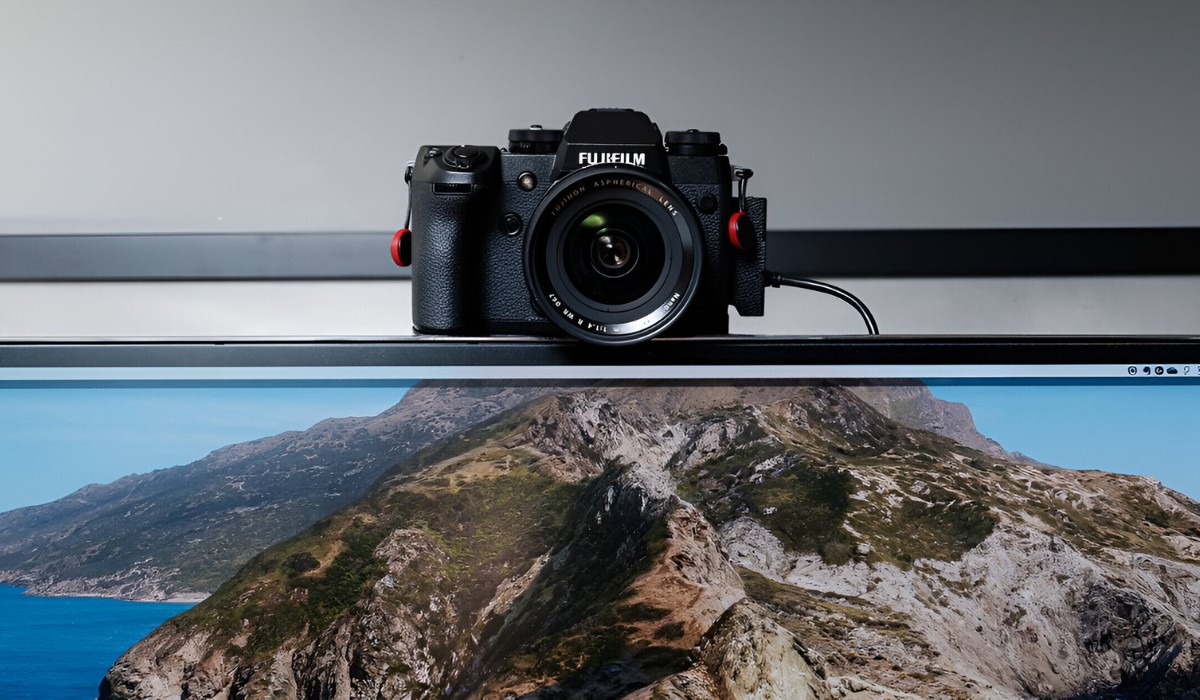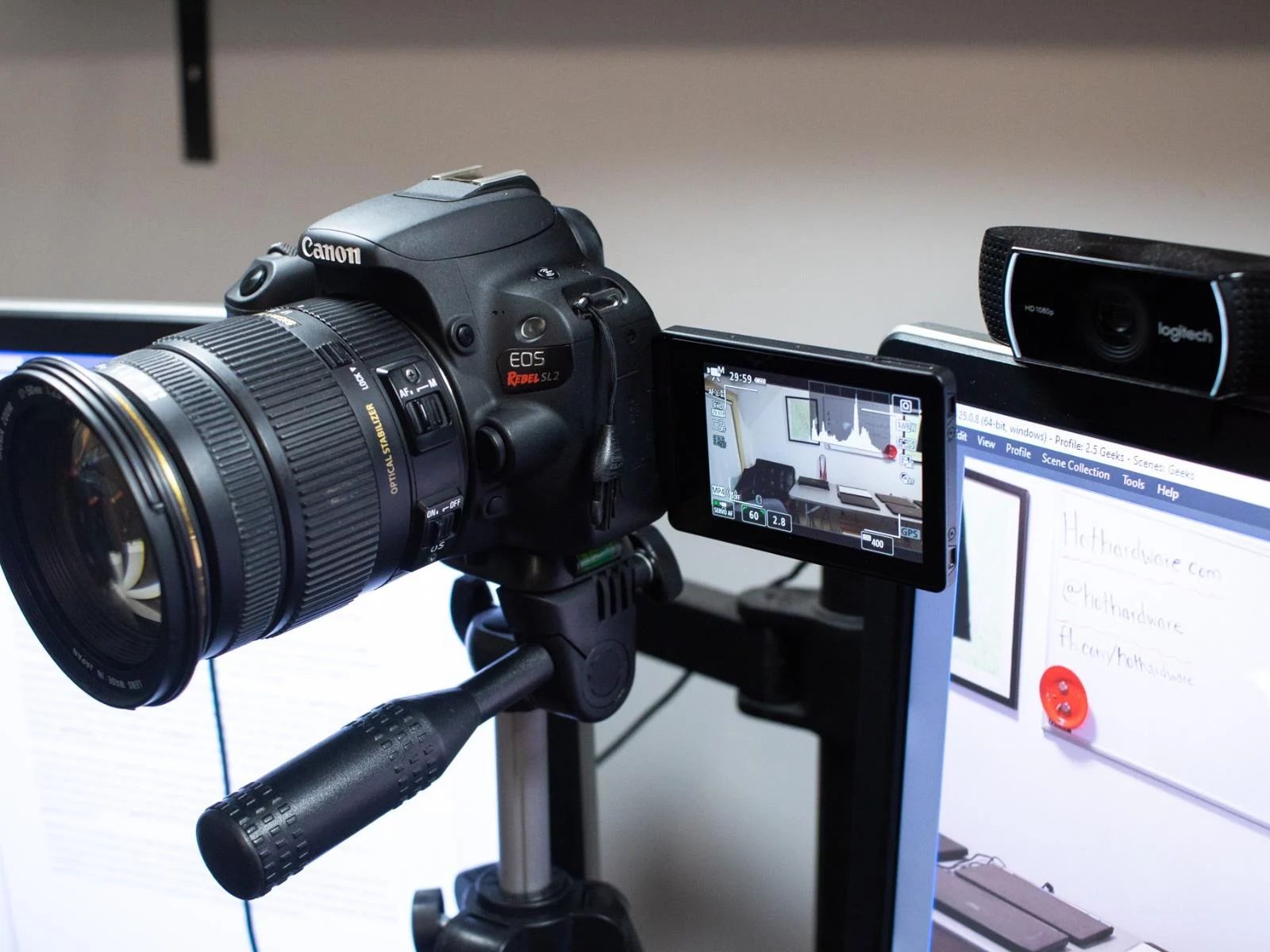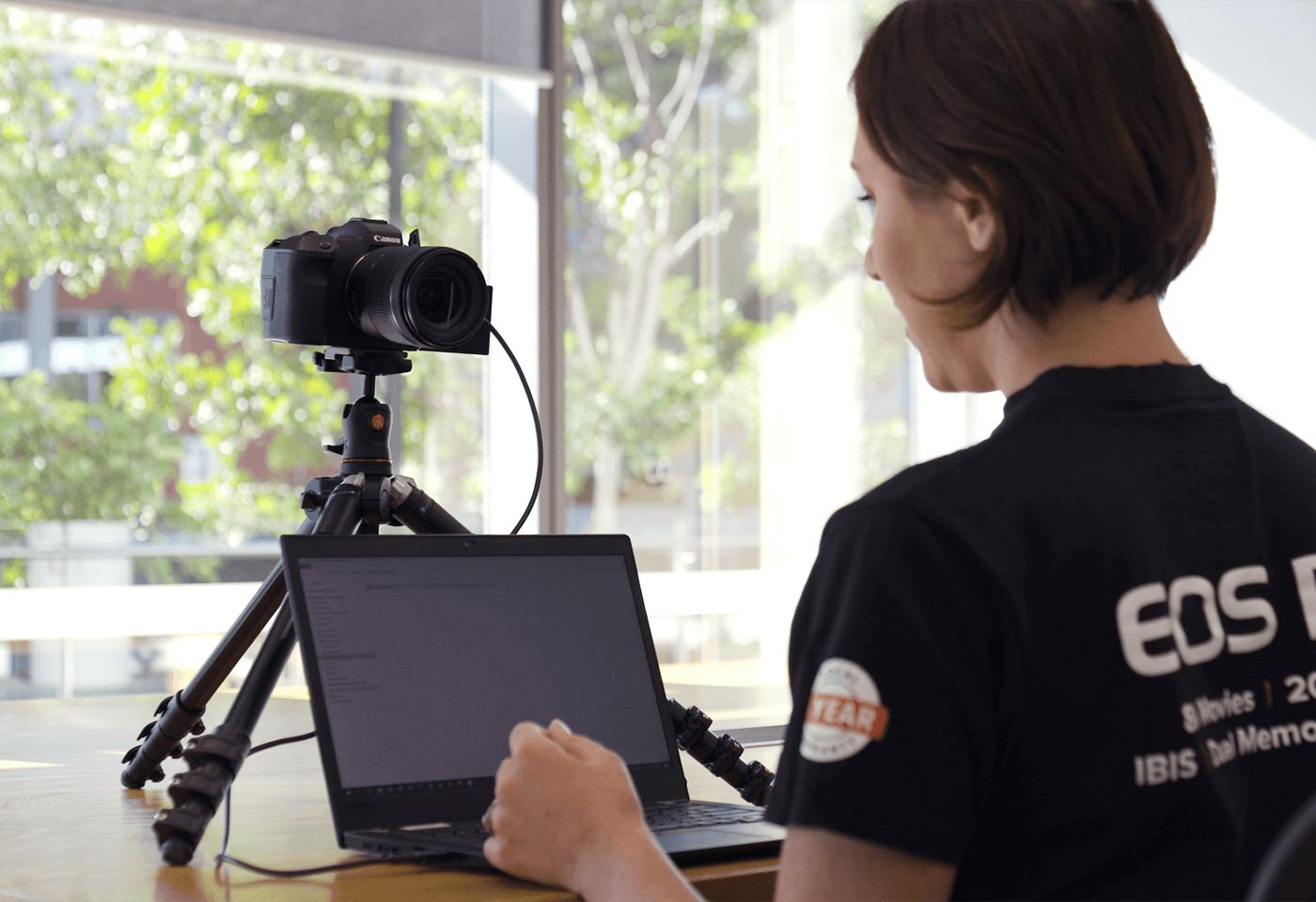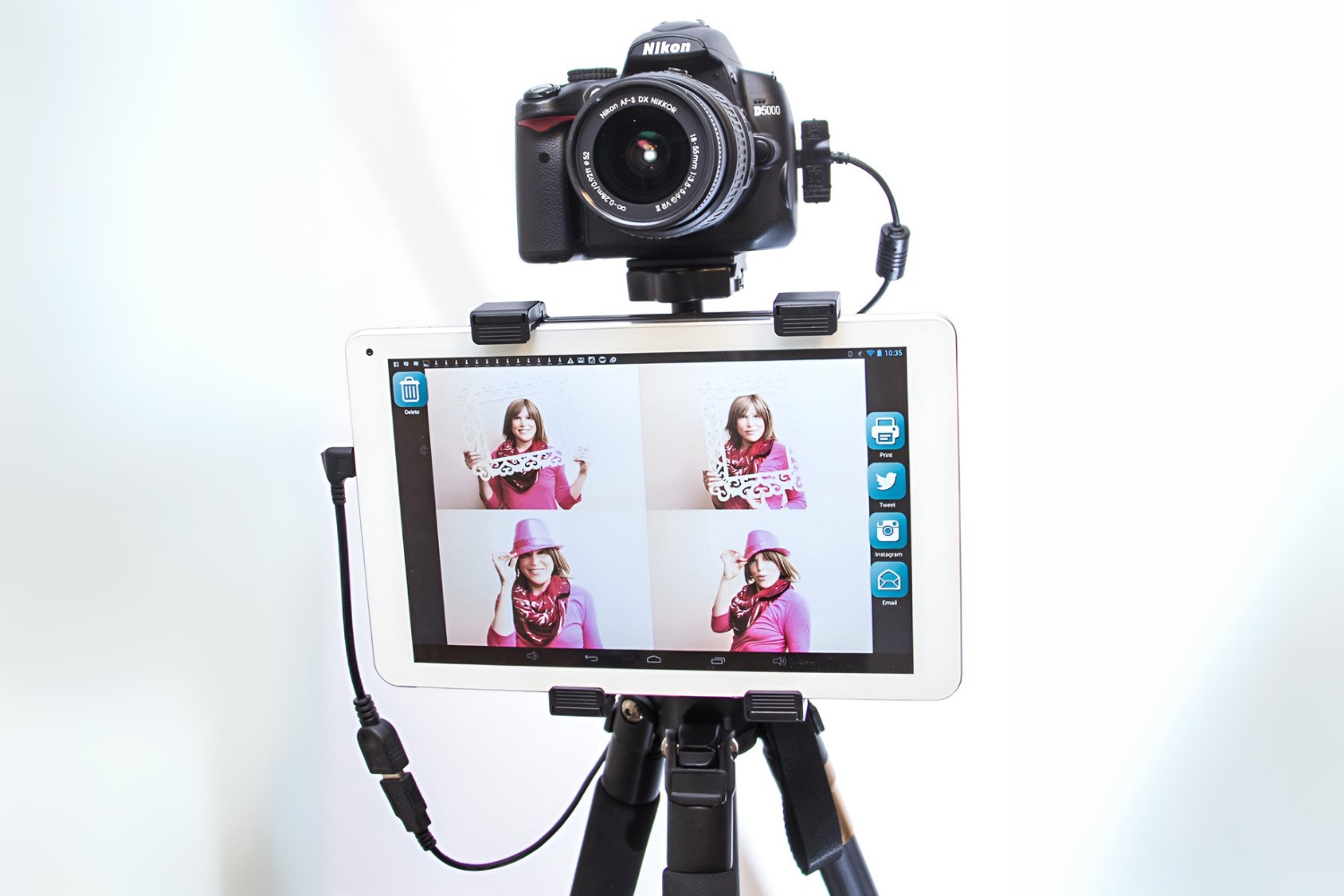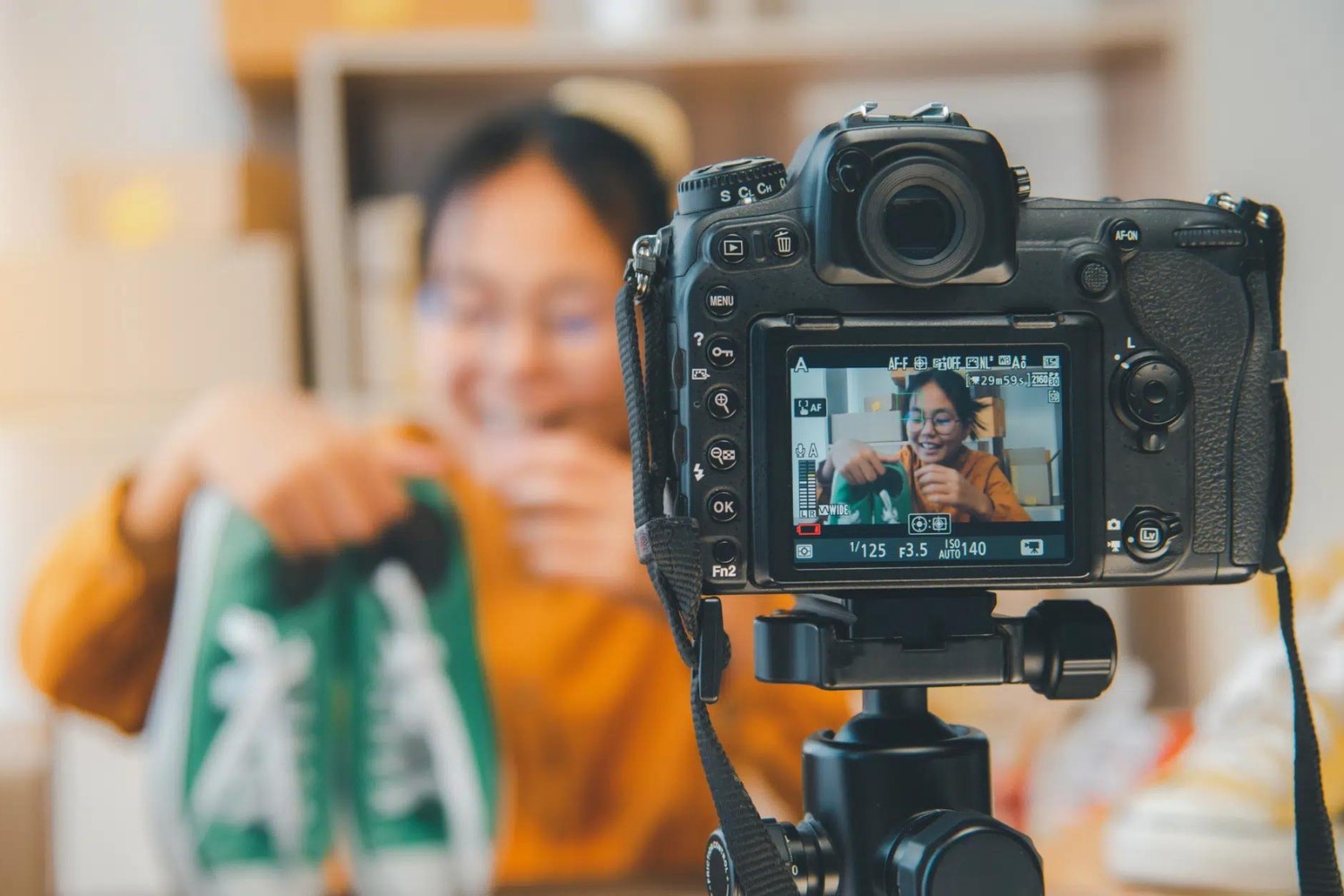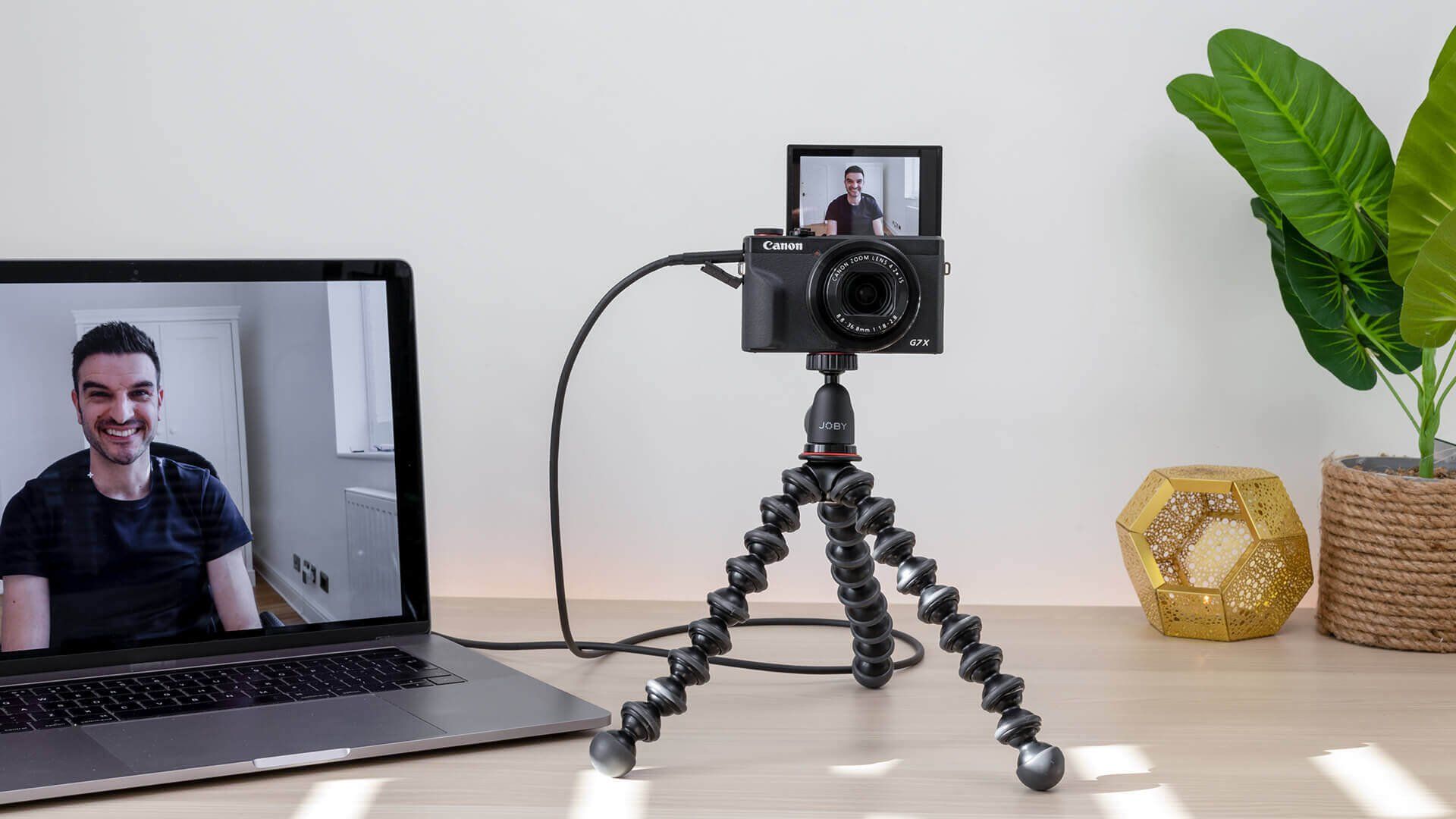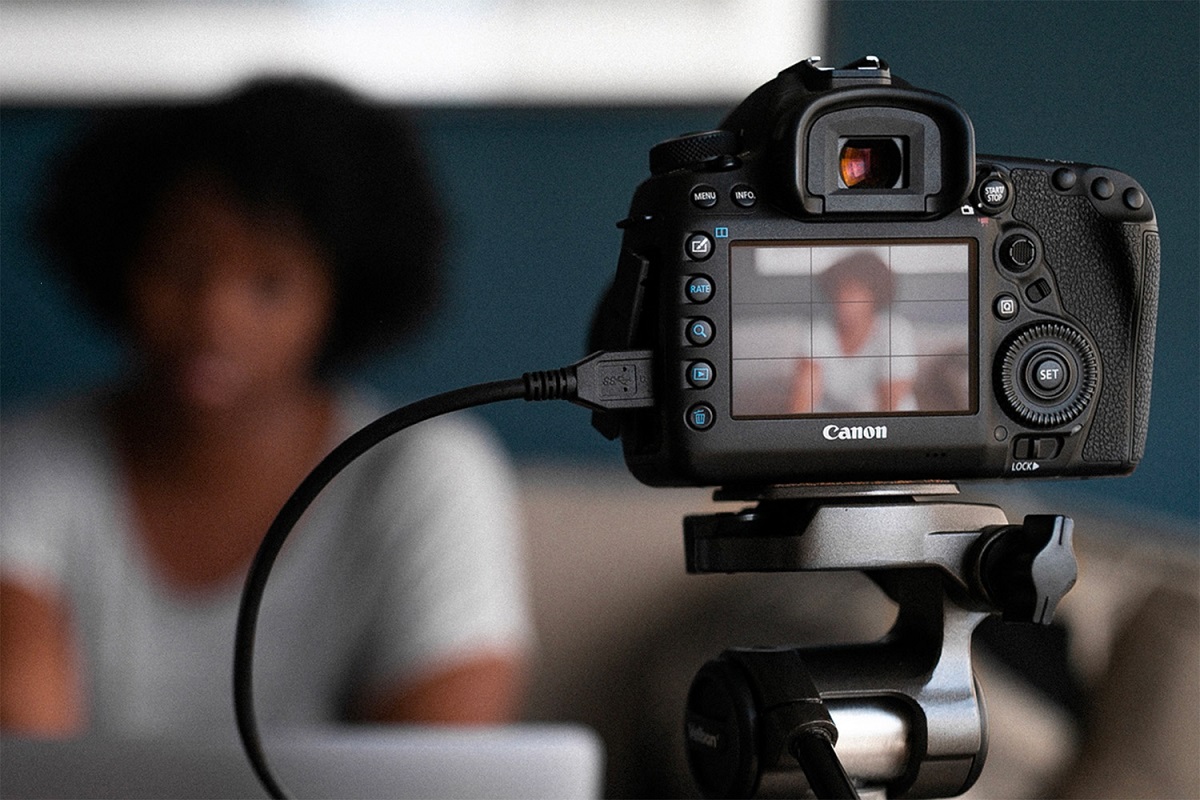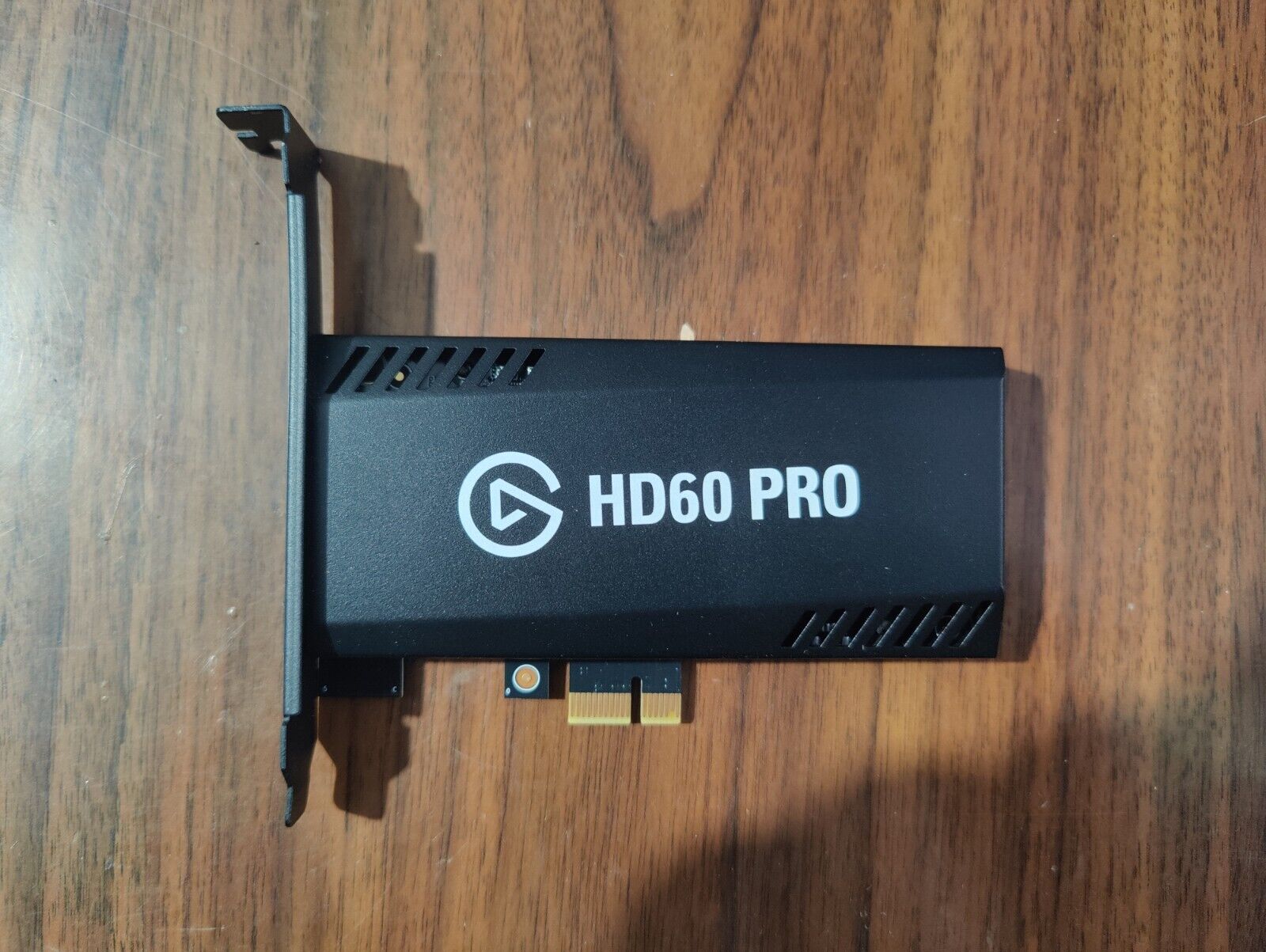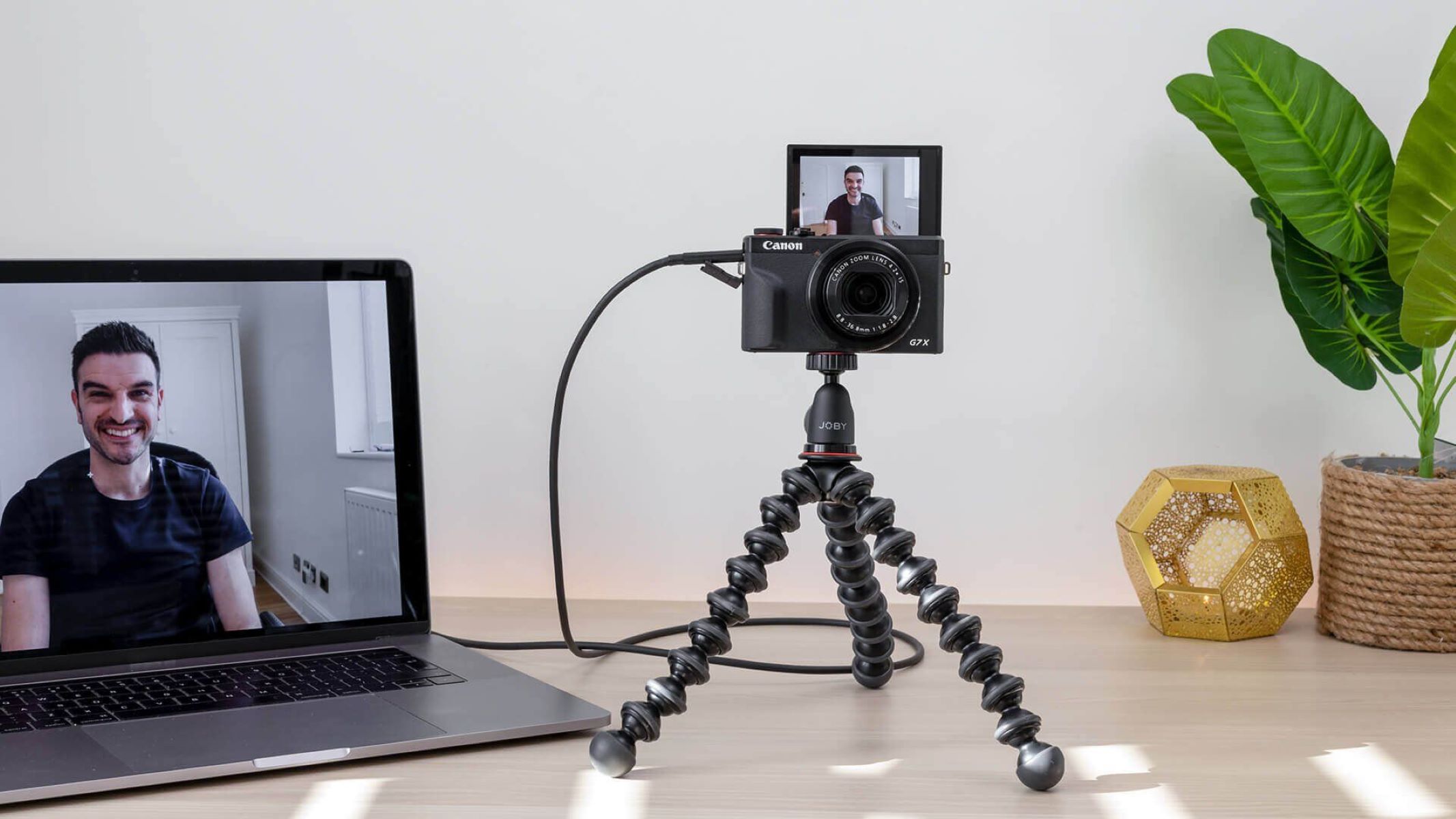Introduction
So, you've got your hands on a DSLR camera and you're eager to transfer your stunning photos to your computer for editing and sharing. However, before you can dive into the world of photo editing and organizing, you need to ensure that your computer recognizes your DSLR camera. This process may seem daunting at first, but with the right guidance, you'll be seamlessly transferring your photos in no time.
Connecting a DSLR camera to a computer involves a few essential steps, including understanding the connection, installing the necessary drivers, and using the correct USB cable. Additionally, troubleshooting connection issues is often necessary to overcome any unexpected hurdles that may arise during the process. By following these steps, you can establish a reliable connection between your DSLR camera and your computer, allowing you to effortlessly transfer and manage your photographic masterpieces.
In this guide, we'll walk you through the process of making your computer recognize your DSLR camera, providing clear and concise instructions to help you navigate this essential task. Whether you're a photography enthusiast, a professional photographer, or a beginner eager to explore the world of digital photography, this guide is designed to simplify the process and empower you to seamlessly connect your DSLR camera to your computer. So, without further ado, let's delve into the intricacies of establishing a seamless connection between your DSLR camera and your computer.
Understanding the Connection
Before delving into the technical aspects of connecting your DSLR camera to your computer, it’s crucial to understand the underlying connection process. Unlike smartphones or standard point-and-shoot cameras, DSLR cameras often require specific configurations to establish a successful connection with a computer. This is primarily due to the advanced features and capabilities of DSLR cameras, which necessitate a more intricate connection protocol.
When you connect your DSLR camera to your computer, you are essentially establishing a link that allows the exchange of data between the two devices. This data exchange enables you to transfer photos and videos from your camera to your computer for editing, storage, and sharing purposes. To facilitate this seamless data transfer, it’s essential to comprehend the components involved in the connection process.
One of the key components in understanding the connection is the role of drivers. Drivers are software components that facilitate communication between the DSLR camera and the computer’s operating system. These drivers act as intermediaries, enabling the computer to recognize and interact with the specific functionalities of the DSLR camera. Without the appropriate drivers, the computer may fail to recognize the camera, leading to connectivity issues.
Furthermore, understanding the type of connection interface supported by your DSLR camera is crucial. Most modern DSLR cameras utilize USB connections to establish communication with computers. However, the specific USB standard and protocol supported by the camera may vary, necessitating compatibility considerations when connecting to different computer systems.
By comprehending the intricacies of the connection process, including the role of drivers and the nuances of USB connectivity, you can lay a solid foundation for successfully establishing a seamless link between your DSLR camera and your computer. This understanding will prove invaluable as you proceed to install the necessary drivers and select the appropriate USB cable for the connection, both of which are essential steps in the process.
Installing the Necessary Drivers
Once you’ve gained a clear understanding of the connection process, the next crucial step in making your computer recognize your DSLR camera is installing the necessary drivers. Drivers play a pivotal role in enabling seamless communication between your camera and your computer’s operating system. Without the appropriate drivers, your computer may struggle to identify and interact with the specific features and functions of your DSLR camera.
Before initiating the driver installation process, it’s important to determine the specific requirements of your DSLR camera. Manufacturers often provide dedicated software and drivers for their cameras, which can be obtained from the official support websites. These drivers are designed to optimize the compatibility and functionality of the camera when connected to various computer systems.
When obtaining the drivers for your DSLR camera, ensure that you are downloading the correct version that corresponds to your camera model and the operating system of your computer. Using incompatible or outdated drivers can lead to connectivity issues and hinder the recognition of your camera by the computer. Therefore, it’s essential to verify the compatibility and authenticity of the drivers before proceeding with the installation.
The installation process typically involves running the driver setup file and following the on-screen instructions provided by the manufacturer. This may include agreeing to end-user license agreements, selecting the installation directory, and allowing the installation wizard to complete the process. Once the drivers are successfully installed, your computer will be equipped to recognize and communicate with your DSLR camera effectively.
It’s important to note that some DSLR cameras may offer the option of connecting in a “mass storage” mode, allowing them to be recognized by the computer without the need for specific drivers. However, utilizing dedicated drivers often provides additional benefits, such as access to advanced camera settings, firmware updates, and specialized software for photo management and editing.
By installing the necessary drivers for your DSLR camera, you are laying the groundwork for a seamless and efficient connection between your camera and your computer. This essential step ensures that your computer can accurately identify and utilize the capabilities of your DSLR camera, setting the stage for smooth data transfer and enhanced functionality.
Using the Correct USB Cable
When connecting your DSLR camera to your computer, the selection of the correct USB cable is paramount in ensuring a reliable and stable connection. The USB cable serves as the physical link that facilitates data transfer between your camera and your computer, making it essential to choose the appropriate cable for seamless connectivity.
First and foremost, it’s important to identify the specific USB port on your DSLR camera. Most modern DSLR cameras are equipped with a standard USB port, typically categorized as USB Type-A or Micro-USB, which serves as the interface for connecting to a computer. Some newer models may feature USB Type-C ports, offering enhanced connectivity and data transfer capabilities.
Once you’ve identified the USB port on your camera, you’ll need to select a compatible USB cable that matches the port’s specifications. It’s crucial to use a cable that is designed to fit securely into the camera’s USB port, minimizing the risk of disconnection during data transfer. Using the incorrect USB cable, or one that is damaged or incompatible, can lead to intermittent connectivity issues and data transfer interruptions.
When choosing a USB cable for your DSLR camera, opt for a high-quality cable that is specifically designed for data transfer and is capable of supporting the transfer speeds required for your photography needs. Additionally, consider the length of the cable, as longer cables can offer flexibility in positioning your camera during data transfer while maintaining a stable connection.
It’s also important to ensure that the USB cable is free from physical damage, such as frayed wires or bent connectors, as these issues can impede the effectiveness of the connection and compromise data transfer reliability. Inspecting the cable for any signs of wear and tear before each use can help prevent potential connectivity issues.
Furthermore, if your DSLR camera supports USB 3.0 or later standards, utilizing a USB 3.0-compatible cable can significantly enhance data transfer speeds, allowing for expedited photo and video transfer between your camera and your computer. The improved transfer speeds offered by USB 3.0 cables can streamline your workflow, especially when dealing with large file sizes or high-resolution media.
By selecting the correct USB cable that aligns with your DSLR camera’s USB port specifications and quality requirements, you can establish a robust and dependable connection between your camera and your computer. This foundational step sets the stage for efficient data transfer and seamless interaction, empowering you to effortlessly manage and edit your photographic content.
Troubleshooting Connection Issues
While the process of connecting your DSLR camera to your computer is generally straightforward, unforeseen connectivity issues may occasionally arise, requiring troubleshooting to ensure a successful connection. Addressing these issues effectively can help you overcome obstacles and establish a reliable link between your camera and your computer, facilitating seamless data transfer and interaction.
If you encounter difficulties in making your computer recognize your DSLR camera, the first step in troubleshooting is to verify the physical connections. Ensure that the USB cable is securely plugged into both the camera and the computer’s USB port. Additionally, inspect the cable for any signs of damage or wear that may impede the connection. Reconnecting the cable or using an alternative USB port can help rule out physical connectivity issues.
Another common troubleshooting step involves restarting both the camera and the computer. Sometimes, temporary glitches or software conflicts can hinder the recognition of the camera. By power cycling both devices, you can reset their configurations and potentially resolve any underlying issues that may be affecting the connection.
Checking the device manager or system information on your computer can provide valuable insights into the status of the DSLR camera’s recognition. If the camera is listed with an error indicator or is not detected at all, it may indicate driver-related issues. In such cases, reinstalling or updating the camera’s drivers can rectify the problem and enable the computer to recognize the camera effectively.
It’s also important to consider the possibility of software conflicts or compatibility issues. Certain background applications or conflicting software may interfere with the camera’s recognition. Temporarily disabling non-essential applications or conducting the connection process on a different computer can help isolate and address potential software-related issues.
For advanced users, delving into the camera’s settings to ensure that the correct connection mode is selected can be beneficial. Some DSLR cameras offer multiple connection modes, such as “mass storage” or “PTP” (Picture Transfer Protocol), each serving different purposes. Selecting the appropriate mode for data transfer can optimize the camera’s compatibility with the computer.
In instances where troubleshooting efforts do not yield a resolution, reaching out to the camera’s manufacturer for technical support or consulting online photography communities and forums can provide valuable insights and potential solutions to persistent connectivity issues.
By employing systematic troubleshooting techniques and leveraging available resources, you can effectively address connection issues and establish a robust link between your DSLR camera and your computer. Overcoming these challenges will enable you to harness the full potential of your camera, facilitating seamless data transfer and enhancing your photography workflow.
Conclusion
As you navigate the process of making your computer recognize your DSLR camera, it’s evident that establishing a seamless connection involves a combination of technical understanding, meticulous setup, and troubleshooting acumen. By comprehending the intricacies of the connection process, installing the necessary drivers, selecting the correct USB cable, and addressing potential connectivity issues, you can empower yourself to effortlessly transfer and manage your photographic content.
Understanding the role of drivers in facilitating communication between your DSLR camera and your computer is essential for optimizing compatibility and functionality. By installing the appropriate drivers, you pave the way for a harmonious interaction between your camera and your computer, unlocking access to advanced features and streamlined data transfer.
Furthermore, the selection of the correct USB cable tailored to your DSLR camera’s specifications is paramount in ensuring a stable and reliable connection. A high-quality, compatible USB cable serves as the physical conduit for seamless data transfer, enhancing the efficiency of your photography workflow.
While the connection process may encounter occasional hurdles, the ability to troubleshoot and address connectivity issues is instrumental in overcoming obstacles and establishing a robust link between your camera and your computer. By employing systematic troubleshooting techniques and leveraging available resources, you can navigate and resolve potential challenges, ensuring a smooth and uninterrupted data transfer experience.
Ultimately, the successful recognition of your DSLR camera by your computer opens the door to a myriad of creative possibilities, allowing you to effortlessly transfer, manage, and edit your photographic masterpieces with ease. Whether you’re a seasoned photographer or an enthusiastic beginner, mastering the art of connecting your DSLR camera to your computer is a foundational step in realizing the full potential of your photographic endeavors.
By embracing the knowledge and insights presented in this guide, you are well-equipped to navigate the intricacies of establishing a seamless connection between your DSLR camera and your computer, empowering you to embark on a captivating journey of digital photography with confidence and proficiency.







